THE REAL STEPHEN LAVENDER
(TRUTH IS STRANGER THAN FICTION)
Real-life people, like my Detective Stephen Lavender, have children, grandchildren and great-grandchildren. And I knew that if Lavender's descendants ever decided to research their ancestor on the Internet, the chances of them stumbling across my novels was high. This thought actually made me a little nervous because although I’ve used Lavender’s name and two of his real cases in my novels, I knew hardly anything at all about the man himself. I used a lot of artistic license and imagination to flesh out the details of his personality and family life.
I focused on information I gleaned from reference books and contemporary newspaper articles about his work as a Principal Officer with Bow Street Police Office and just made up the rest. I didn’t even know how old the real Stephen Lavender was when he went up to Northumberland to solve the mystery of the stolen rent money from Kirkley Hall in Ponteland. And when I introduced this hired private detective to my readers in Catching the Eagle I made him a mature thirty-year-old man.
I finally got my answer in December 2016 when I was contacted by several of Stephen Lavender’s descendants. Thankfully, the first message that landed in my inbox from Australian, Richard Kinch, began with the words:
'Thank you for making my ancestor famous!’
Richard’s delight with novels about his ancestor clearly out-weighed any concerns he had about historical inaccuracies.
The contact from Richard was quickly followed by more messages from other Lavender relatives including Lesley Morgan, another Aussie descendant. In fact, it turns out that Australia is teeming with Stephen Lavender’s relatives. He had nine children. Two of his sons, and one daughter, emigrated to Australia in the 1850s. There are Facebook pages and online groups all over the southern hemisphere dedicated to connecting the Lavender relatives and exploring their genealogy.
Lesley, in particular, was incredibly helpful and informative. She told me about the real-life background to my character and explained the family history to me. She also put me in touch with a British relative, Alister Palmer, who lives in Bristol. We exchanged many emails and a fascinating picture of the real man began to emerge.
I already knew from my research, that several other members of Stephen Lavender’s family worked for Bow Street Police Office in the early nineteenth century but I didn't know that his father, Edward, was a clerk there. In my novels I've given him a father called John and a Church of England vicar for a maternal grandfather. Also in my fictional character's background is a Grammar School education and an unhappy year spent at Cambridge University studying law. From Lesley I learnt that after starting an apprenticeship in 1803 with the horse patrol, Stephen was created a Principal Officer in 1807.
I’ve always known that the London newspapers adored Stephen Lavender and zealously – and sometimes inaccurately – reported his cases and forays into the seedy underbelly of the crime-ridden capital. In 1818, Lavender solved the mystery of the vicious attack on an elderly man, William Sculthorpe in Northamptonshire (the basis for my novel, ‘The Sculthorpe Murder’) and this case was extensive reported by the London press. I wonder if his fresh-faced youth helped to make him so popular with the newspapers of the time?
Lavender, and his young family, left Bow Street in 1821 when he took up the position of Deputy Chief Constable in the industrial northern city of Manchester. Sadly, he died there in June 1833 at the relatively young age of forty-four. I’ve found his obituary written in over thirty British newspapers. He really was a celebrity in nineteenth century England.
So, what happens now? I hear my readers ask. Will you chop a decade off Lavender’s age, remove his fictional education and his gorgeous and exotic Spanish wife in order to bring the fictional character back into line with the real man?
No. I intend to carry on as before, ‘loosely basing’ my detective on the life of the real man and occasionally dipping into the archives to find more of Stephen Lavender’s cases to flesh out into an intricate plot. I hope to continue to share information with Lesley Morgan and Alister Palmer for the benefit of all of us who are interested in this fascinating man.
And anyway, I’m not sure that my mystery-reading public is ready for a detective barely out of his teens.
In this instance alone, the truth is definitely stranger than fiction.
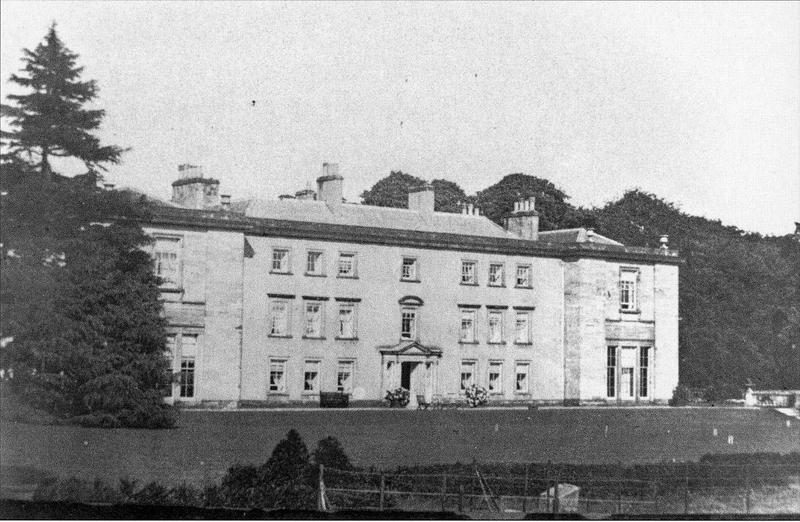
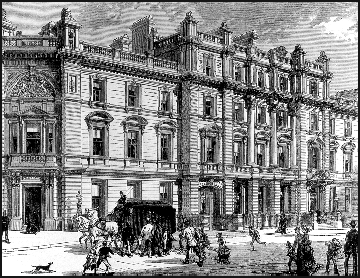
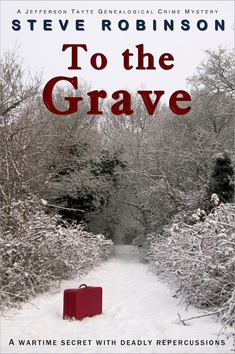
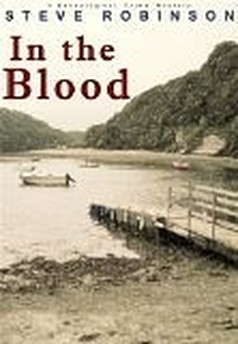
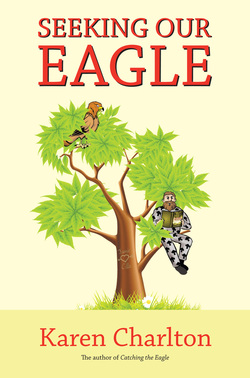
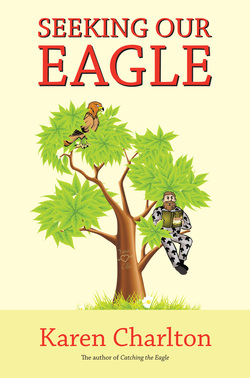
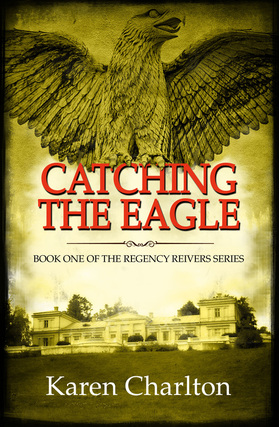
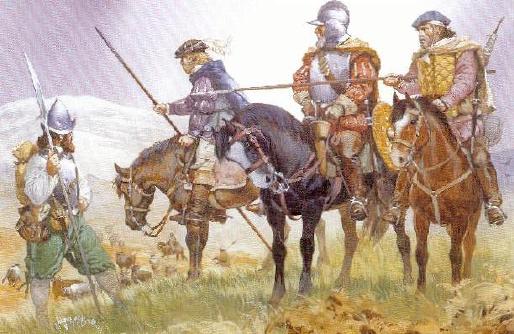

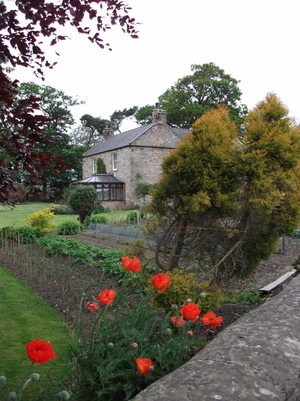
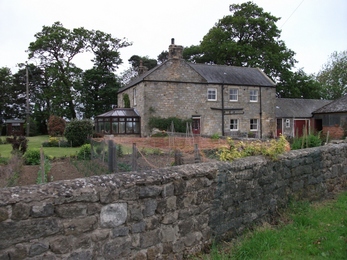
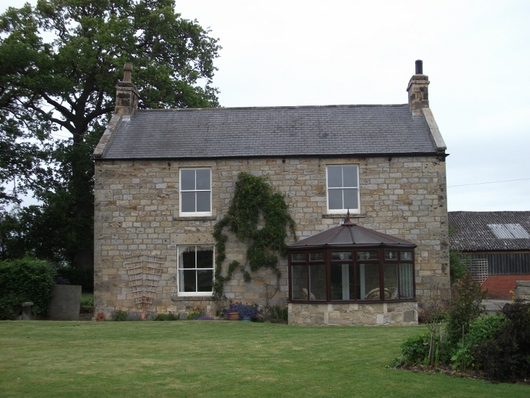
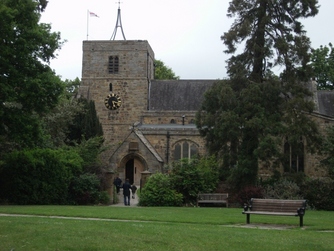

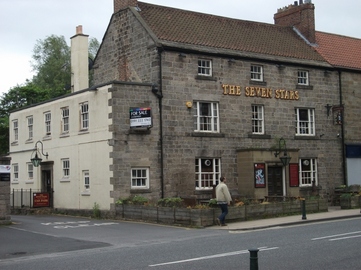
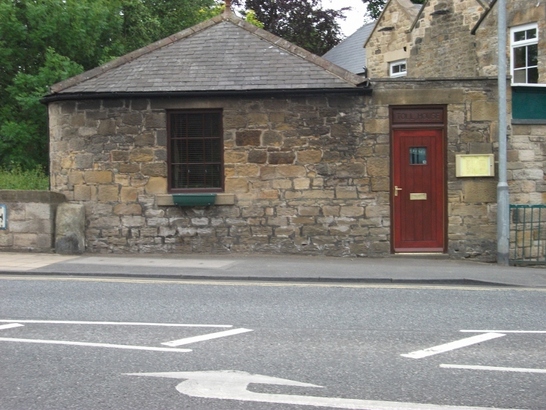
 RSS Feed
RSS Feed